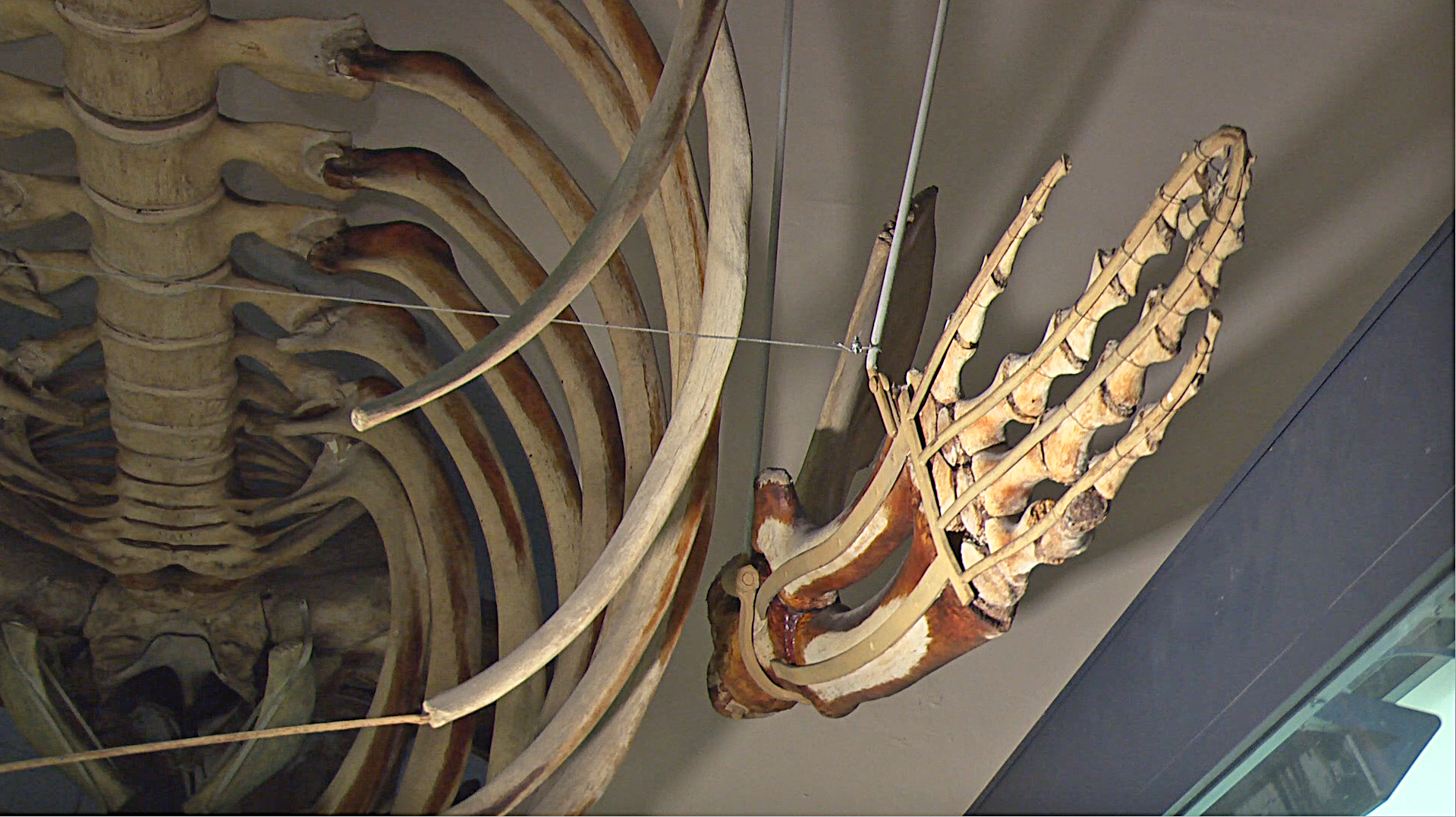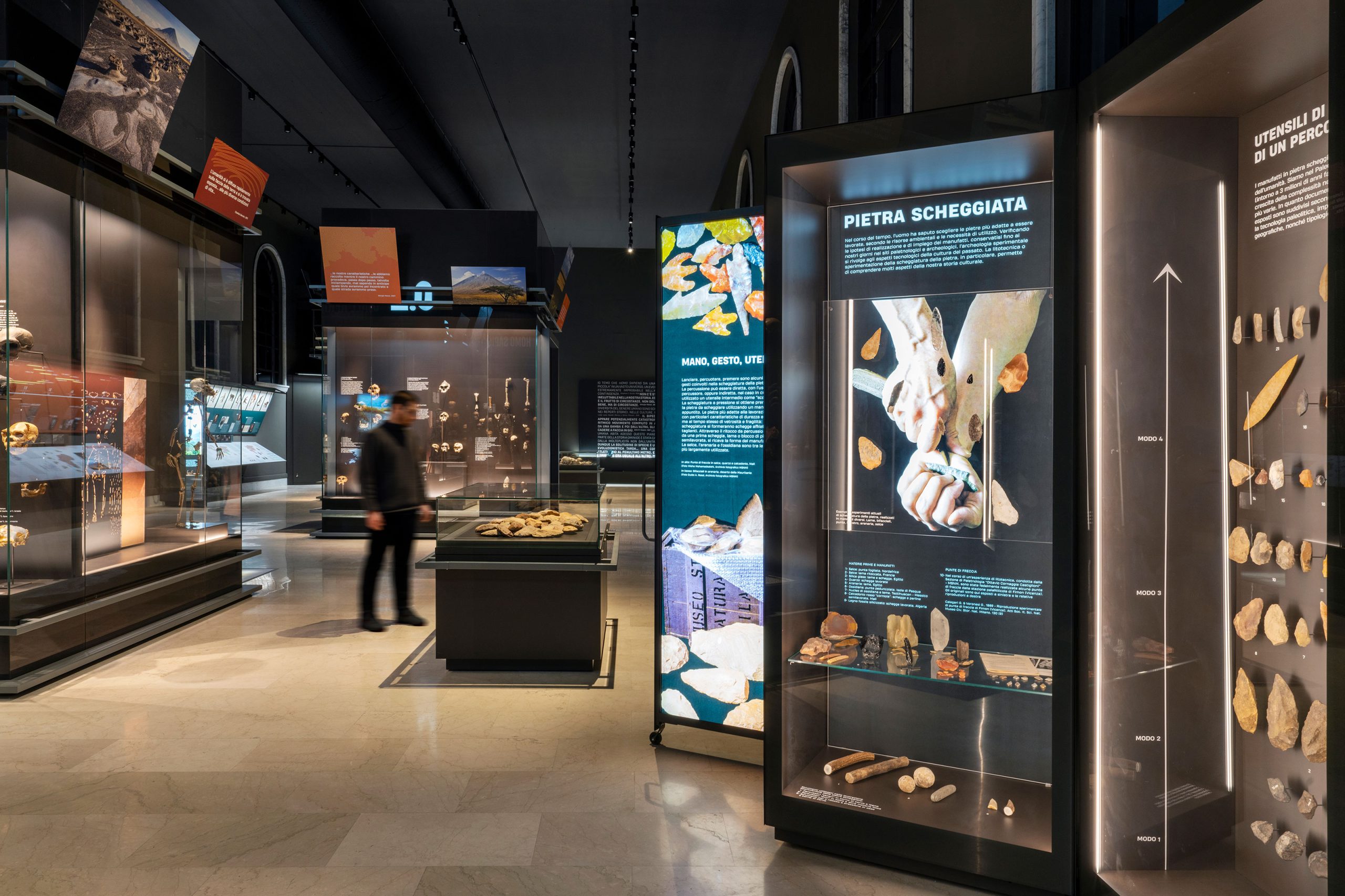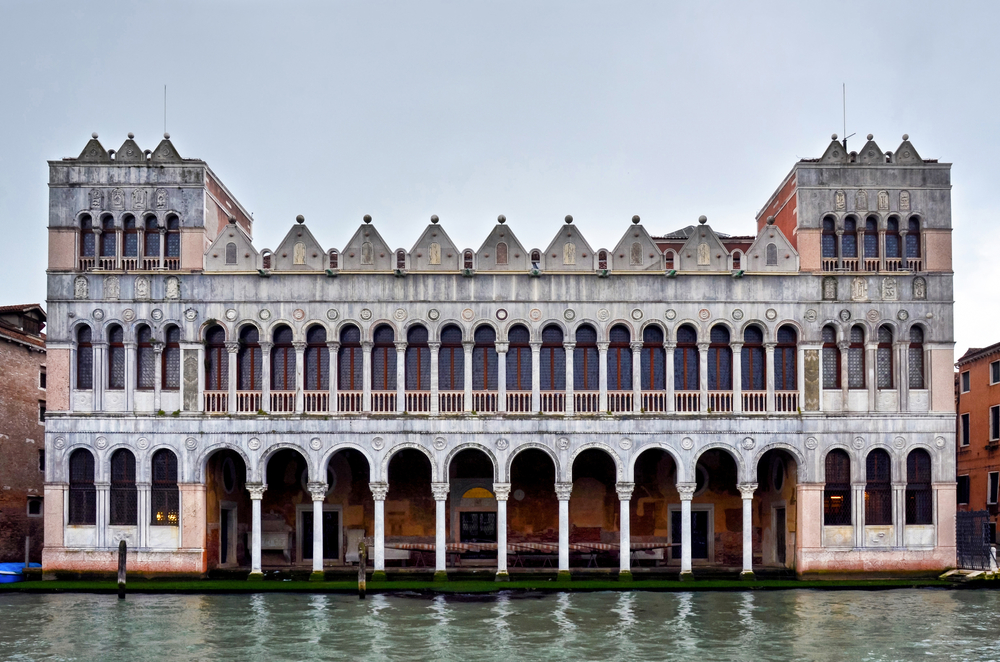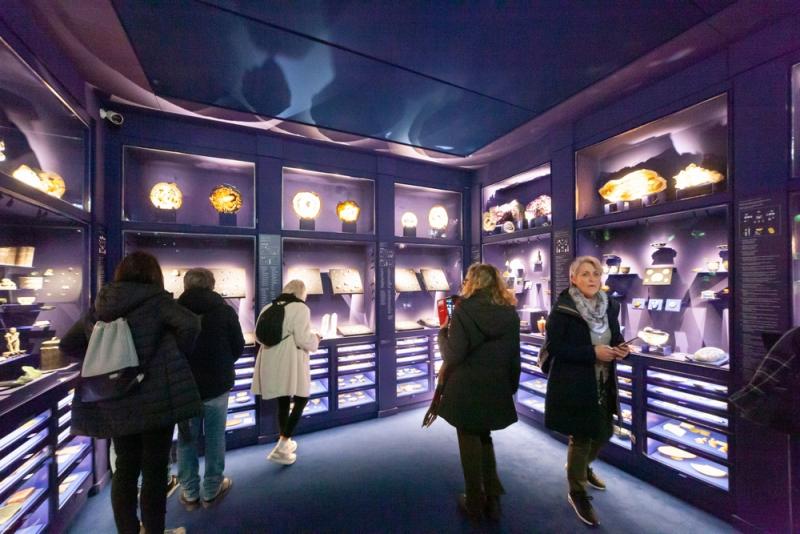Your typical natural history museum in Italy once skewed more “dim vault where old stuff gathers dust” than “state-of-the-art science hub.”
But the country’s increasingly modern natural history museums are anything but dull, dank and dated, and are steadily introducing new, more interactive ways of communicating their collections.
Break away from the Italian art museum merry-go-round on your next trip and check out what’s new at these hubs of animal-vegetable-mineral science and natural history.
In Florence

Christened “La Specola” (“the observatory”) in reference to the astronomical observatory that founder Grand Duke Peter Leopold established on site here in the 18th century, Florence’s most eclectic museum reopened in late February of this year after a lengthy restoration and expansion resulting in a whopping 13 new rooms. (Tip: The vastness and variety of the collections means you should pace yourself skillfully; try to resist lingering too long in any one space, unless you have the luxury of multiple visits or are hungry for a deep dive into one subject.)
La Specola features a dramatic range of exhibits including a well-known (and now better-lit) taxidermy collection, plus minerals, botanical wax models (now artfully displayed in Richard Ginori vases), a famous hall of skeletons (open by reservation only) and more.
The first floor now holds a vast display of meteorites, crystals and precious stones. A highlight is an opulent purple and royal blue room showcasing decorative and functional objects made in precious stones, belonging to the Medici and previously housed in the Tribuna of the Uffizi.
Among the museum’s most popular sights is the admittedly creepy but fascinating wax modeling workshop. It features 513 urns containing waxes of human anatomical specimens totaling 1,400 pieces, 65 urns of comparative anatomy and over 400 wax plant models.
La Specola / Via Romana 17, Florence / Website
In Genoa

The Museum of Natural History Giacomo Doria is this Ligurian seaport city’s oldest museum and famously houses a gargantuan finback whale skeleton, discovered in the 19th century in Monterosso al Mare. Apart from its main icon, the museum also holds hundreds of fossils, birds, reptiles, amphibians and fish, plus dozens of displays of insects and other invertebrates. One recent highlight introduced at the museum is the Cell Room, which houses a three-dimensional reconstruction of a cell magnified 100,000 times. A current exhibition, AMPHIBIA. Life Between Two Worlds of Frogs, Toads and Salamanders runs through May 26.
Museum of Natural History Giacomo Doria / Via Brigata Liguria 9, Genoa / Website
In Milan

If you can’t visit Italy’s gardens this spring, one project by the Natural History Museum of Milan, sponsored by the Italian Botanical Society, allows you to “smell the roses” virtually.
The museum’s almost boundless, free-access inventory of Italy’s wild native and alien flora has been available for online viewing since 2018, but gets updated twice per year and was refreshed just last week. The latest updates to the flower-power portal registered 46 new Italy-native species and an additional 185 alien species. A statement released by the museum claimed that this data places Italy first in Europe and second in the Mediterranean (after Turkey), for “richness of floristic heritage.”
Offline at the brick-and-mortar museum, a section dedicated to the evolution of humankind reopened in December 2023 after a redesign by Milan-based architecture firm Migliore+Servetto. Incorporating multimedia installations, the updated room (pictured above) takes the huge question of “who are we?” and makes it digestible across four main sections that blend existential and scientific inquiry.
Natural History Museum of Milano / Corso Venezia 55, Milan / Website
In Trento

Set amid alpine Trento’s “new city” district, the Museo di Scienze Naturali e Archeologia (Museum of Natural Sciences and Archaeology, known as MUSE) was designed in 2013 by internationally renowned architect Renzo Piano. Stretching across six floors, the uber-contemporary structure features a parade of geology, paleontology, zoology and botany exhibits.
In addition to the captivating permanent collection, MUSE has two temporary exhibitions running through the early summer. Quantum: The Revolution in One Leap (through June 15) is co-curated by MUSE and the National Institute for Nuclear Physics and interrogates the relationship between known physical realities and the “realm of atoms and particles.” Shamans: Communicating the Invisible (through June 30) is a multidisciplinary show on atavistic rites held in collaboration with Trentino Ethnographic Museum and the Museum of Modern and Contemporary Art of Trento and Rovereto.
MUSE Trento / Corso del Lavoro e della Scienza 3, Trento / Website
In Venice

If you’re planning to visit this year’s Venice Biennale, which opened to the public earlier this week, consider a detour to the comparatively tranquil Natural History Museum of Venice Giancarlo Ligabue.
The museum is housed in one of the most famous non-ecclesiastical palazzi on the Grand Canal, a Venetian-Byzantine-style building that is known today as the Fontego dei Turchi (loosely translated to mean Turkish merchants’ foundry).
The latest enhancements to the museum are the Cetacean Gallery and Marine Aquarium on the ground floor. This enthralling display reproduces the ecosystem of the “tegnùe” (natural rocky formations off the Venetian coast). Don’t miss the section devoted to lagoon life, the 12-foot-tall skeleton of an Ouranosaurus nigeriensis and the rare fossil of a Sarcosuchus imperator — an early ancestor of the crocodile.
Natural History Museum of Venice Giancarlo Ligabue / Santa Croce 1730, Venice / Website













